Tinned fish is a growing U.S. retail trend with sales growing to $2.7 billion in 2023
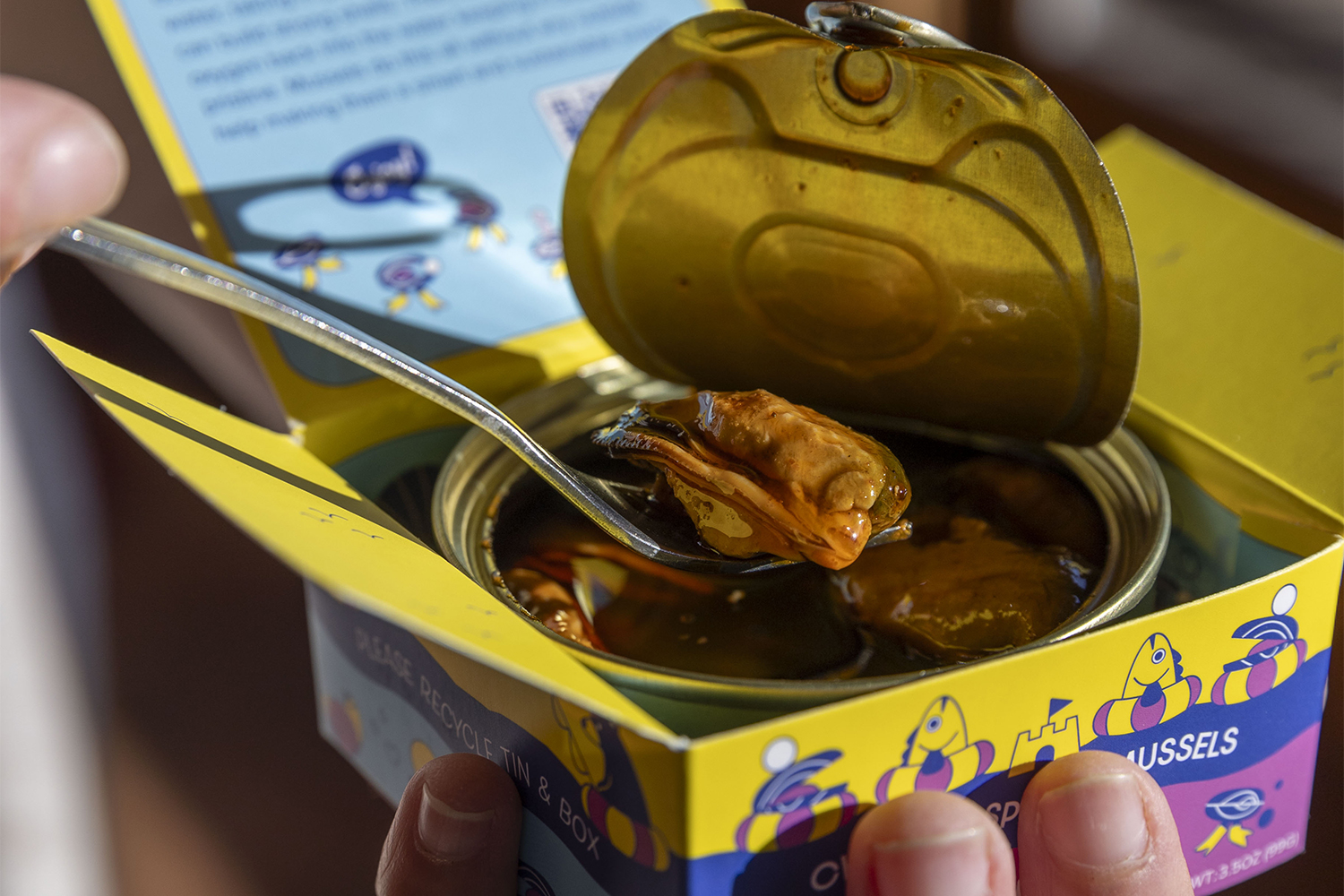
When Sara Hauman considered what she could do in the food industry that didn’t involve a restaurant, her time spent in Spain sprung to mind. While there, she grew to love tinned fish and wondered if she could create something as special in the United States.
She knew that she couldn’t compete directly with those products, which have been made for hundreds of years, but could she source and harvest seafood close to her home in the Pacific Northwest?
The answer was yes, and Hauman (who also appeared on season 18 of Top Chef) started Tiny Fish Co.
She’s not alone in selling tinned fish products to a burgeoning U.S. market. According to Circana, tinned fish sales increased here from $2.3 billion in 2018 to more than $2.7 billion this year. In August, the Fantastic World of Portuguese Sardines opened a retail store in Times Square and signed a 10-year lease.
And in this year alone, tinned fish has gotten the spotlight in splashy news stories in The New York Times, Food & Wine, CBS News and the Associated Press. Originally attributed to the need for shelf-stable foods during the Covid-19 pandemic, millennials are now looking for more sustainable protein and popular TikTok videos are making tinned seafood a trend worth following.
Mark Driscoll, founder and director of Tasting the Future, a sustainable foods system consultancy, sees tinned fish hitting a sweet spot in terms of being convenient, sustainable and providing the nutrients and dietary elements that people want.
“Consumers are increasingly moving to what I’d call healthy and sustainable dietary patterns and increasing fish omega-3 [fatty acid] oils” in their diets, he said. Plus, the substantiality angle is attractive to consumers right now. “The canning or tinning of fish has been demonstrated to significantly reduce waste in the fish value chain,” he added. That’s particularly true for bivalves, which “can effectively be a sink for emissions. They take carbon dioxide out of the atmosphere through their shells.”
That matters to people who are more concerned about where their food comes from, its environmental impacts and are also looking for a different kind of protein that isn’t meat.
Brands that produce tinned fish, like Patagonia and John West, have also invested in improving transparency in the sustainability of their products, Driscoll added, including information about how fish are caught, by whom and the environmental impacts for the entire supply chain.
He expects tinned fish to keep growing. “The market is going to expand quite considerably but it has to expand sustainably,” he said.
Tiny Fish Co. isn’t the only company creating hyperlocal tinned seafood products. Island Creek Oysters in Duxbury, Mass., opened in the 1990s and sells millions of oysters each year. It’s also opening a cannery to tin shellfish in New Bedford. According to South Coast Today, the company is tinning fish in the Spanish conservas tradition, where the seafood is preserved in olive oil, brine and other sauces, and are working in partnership with Conservas Mariscadora of Galica, Spain on the project. They also said they hope to produce about one-quarter of a million cans of tinned seafood in their first year, and work up to two million a year.
Tiny Fish Co. opened two years ago this month, and ships three products: mussels, sole and octopus – all tinned with recipes developed by Hauman. She focused exclusively on products from the Pacific Northwest because of the sustainability profile (the muscles are farmed and the octopus is bycatch), and also because she wanted to use the best that U.S. producers have to offer instead of trying to compete with centuries-old European fish operations.
She also wanted to push the U.S. tinned fish market forward, which she said hasn’t developed much further beyond canning practices of World War II, which focused on getting protein into self-stable form, for cheap.
“We are catching up but I really strive to do products that are different because I’m not trying to commodify my product. I don’t think it’s responsible to be putting another can of tuna on the shelf,” Hauman told the Advocate.
As to whether or not a trend, she thinks that’s because the United States is such a big country, and is a relatively untapped market, that any bump is going to make a difference. “As soon as we sign onto something, then it becomes a global phenomenon. We didn’t invent it,” she said.
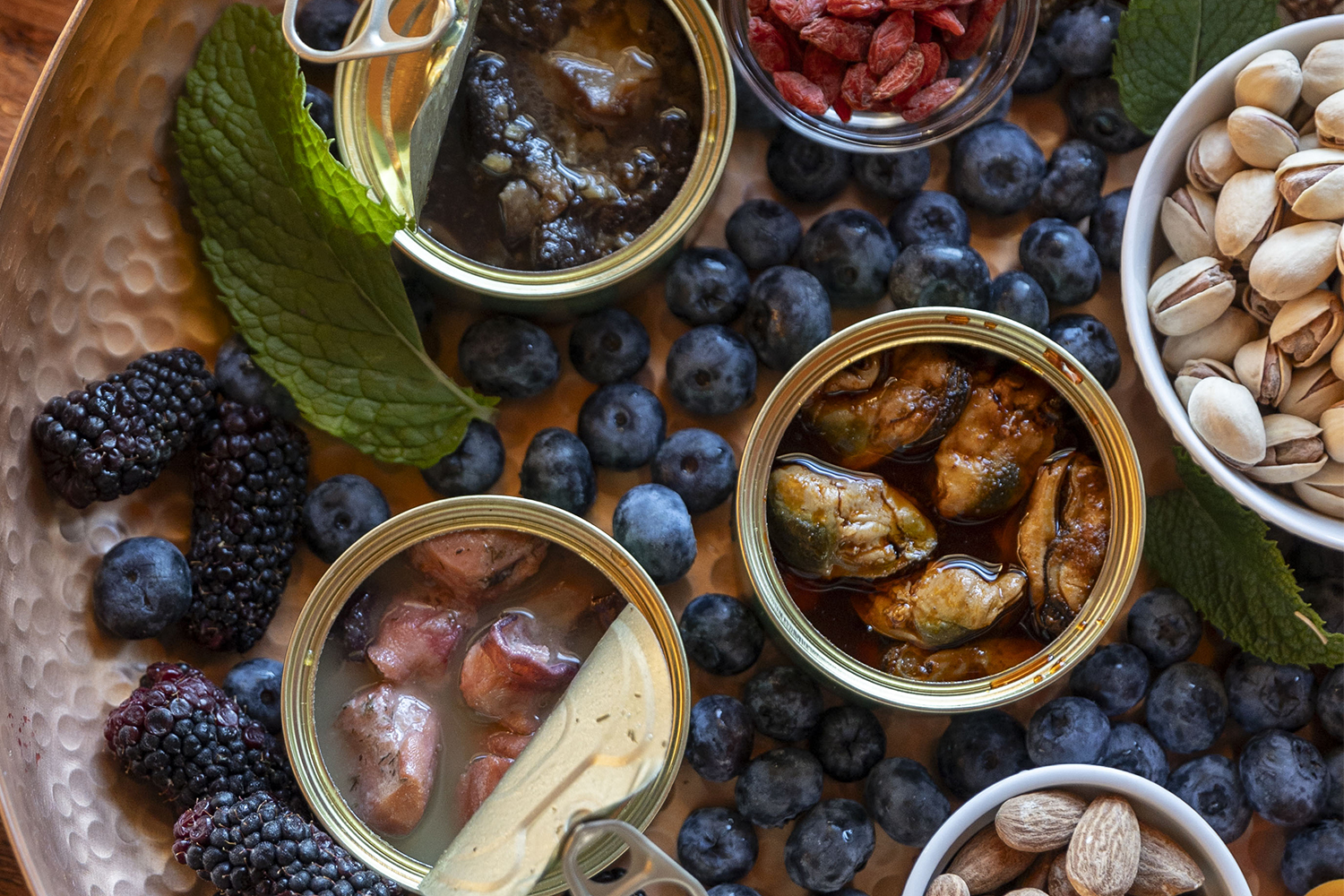
Bryan Szeliga, owner of Fishtown Seafood in Philadelphia, also questions how much of a trend it really is. He has a handful of regular customers who buy tinned fish in his store (including Tiny Fish Co., which he carries) as part of his regular shopping, and he sees people buy it for when they’re looking for something special for a party. But he also sees tinned fish showing up on the shelves of places you wouldn’t expect, like coffee shops.
“I do think there are people buying it who never bought tinned fish,” he added, and he can tell if there’s a Tiktok video about tinned fish going viral because they’ll see a bump in sales. “We notice it because we’re small and we interact with every customer. If we sell 20 more a week, we’re small enough to notice.”
But Szeliga, who previously worked for the NGO Sustainability Fisheries Partnership, is also extremely selective in what he carries, only selling products he considers truly sustainable in terms of things like human rights practices, provenance and how many miles the fish travels between catch and tinning.
One word of warning: The current trendiness of tinned fish can make it easy for consumers to be fooled by slick labels, and Szeliga said they should pay closer attention to where the tinned fish they’re buying comes from.
“Because it’s in a cool package with cool marketing, the questions related to sustainability are just off the table,” he said.
Now that you've reached the end of the article ...
… please consider supporting GSA’s mission to advance responsible seafood practices through education, advocacy and third-party assurances. The Advocate aims to document the evolution of responsible seafood practices and share the expansive knowledge of our vast network of contributors.
By becoming a Global Seafood Alliance member, you’re ensuring that all of the pre-competitive work we do through member benefits, resources and events can continue. Individual membership costs just $50 a year.
Not a GSA member? Join us.
Author
-

Jen A. Miller
Jen A. Miller is a New Jersey-based writer whose work has appeared in everything from The New York Times to Engineering News Record.
Tagged With
Related Posts
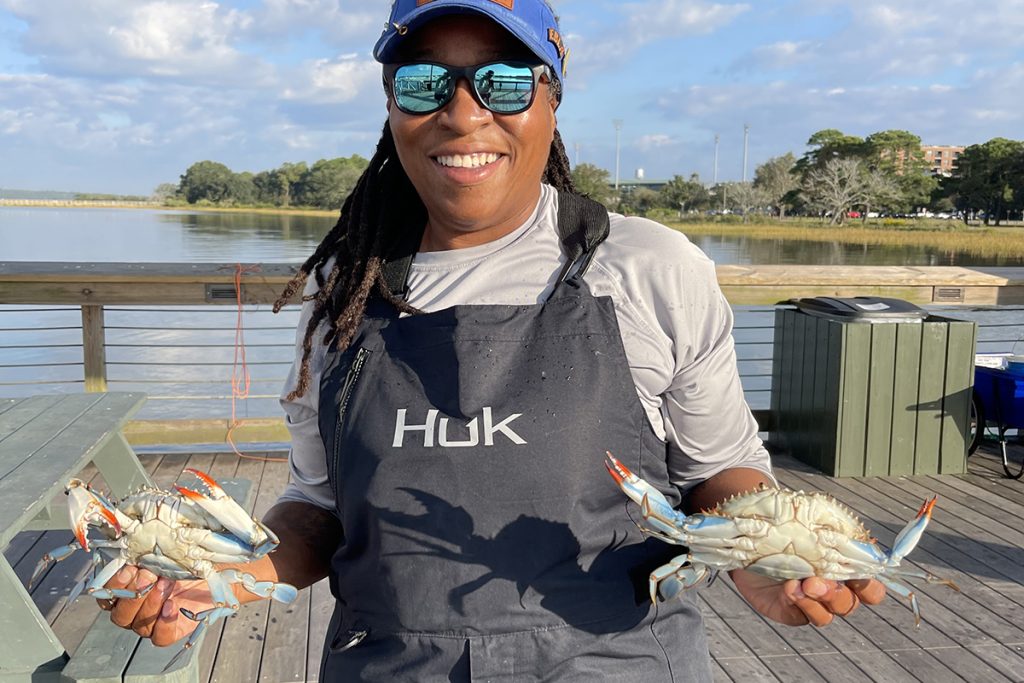
Intelligence
Crash course in crabbing spawns a budding tourism business that fosters inclusiveness
For Tia Clark, the Casual Crabbing with Tia Airbnb experience is no side hustle – it’s about representation, education and connections.

Fisheries
Can dam removal actually restore fish populations in U.S. rivers?
Dams have helped build nations but fish – and river health – have paid a steep price. Dam removal can have restorative effects on ecosystems.
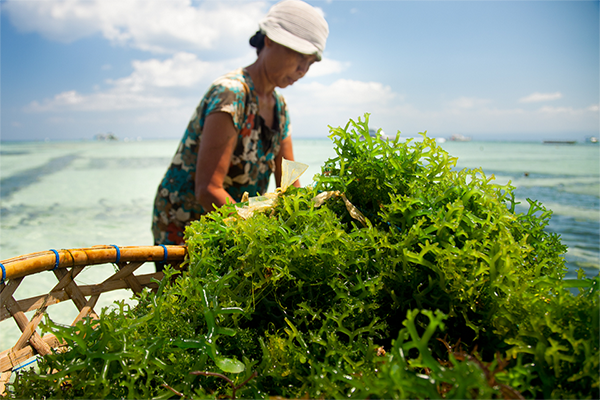
Intelligence
A seat at the table: Fed By Blue team says aquaculture needs a stronger voice
In Fed By Blue, star power and a women-led production team aim to prop up farmed seafood with a focus on the message: Blue foods are the future.
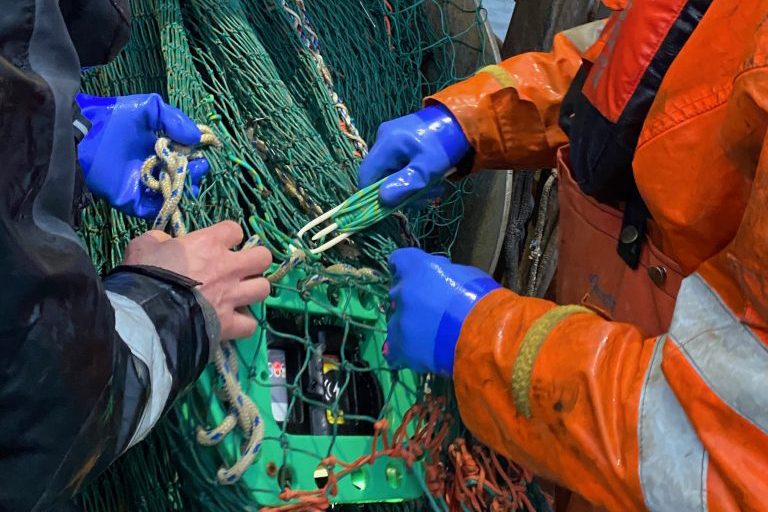
Fisheries
‘A world down below’ – Deeper fishing insights lead to better tools for bycatch reduction
High-tech bycatch reduction devices – data analytics, cameras and sensors – are in play but SafetyNet Technologies says the secret is collaboration.


